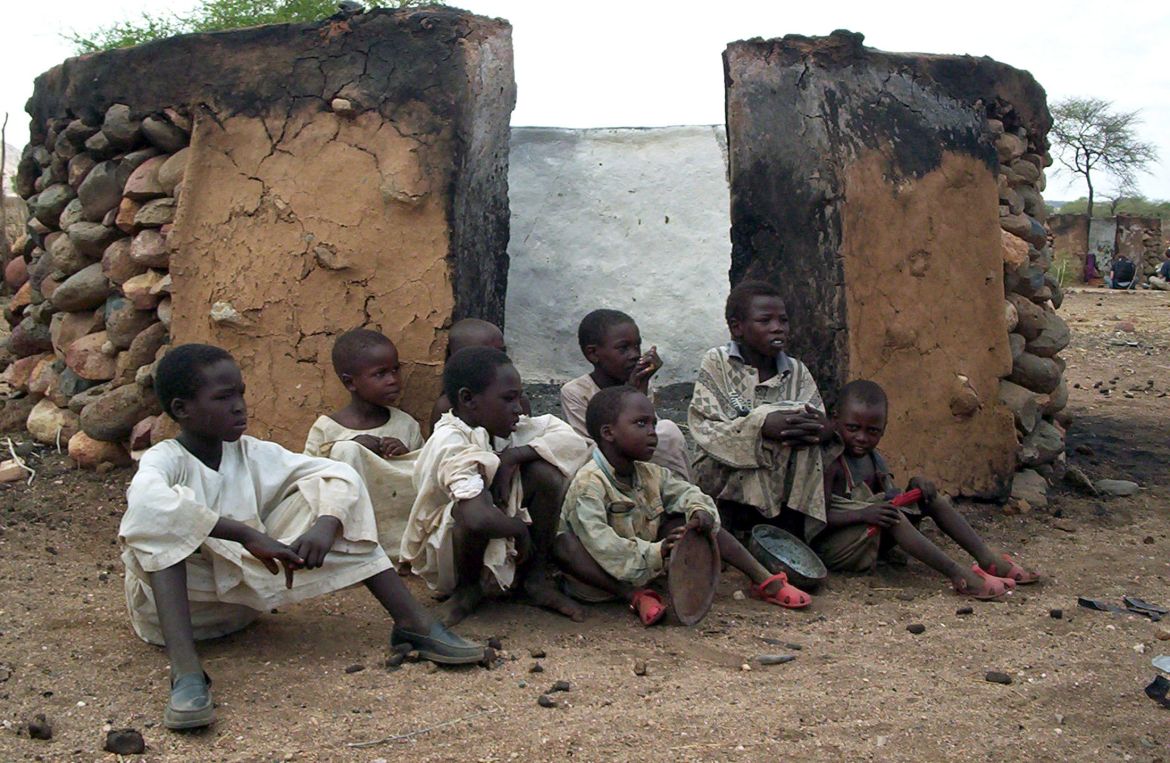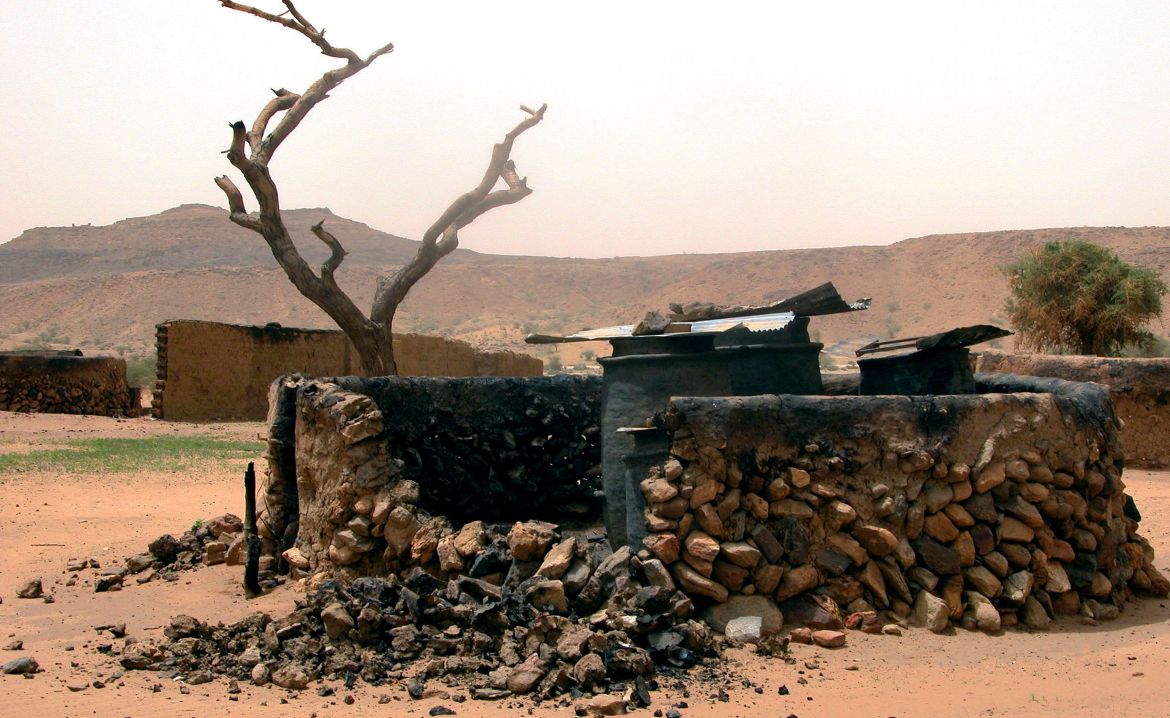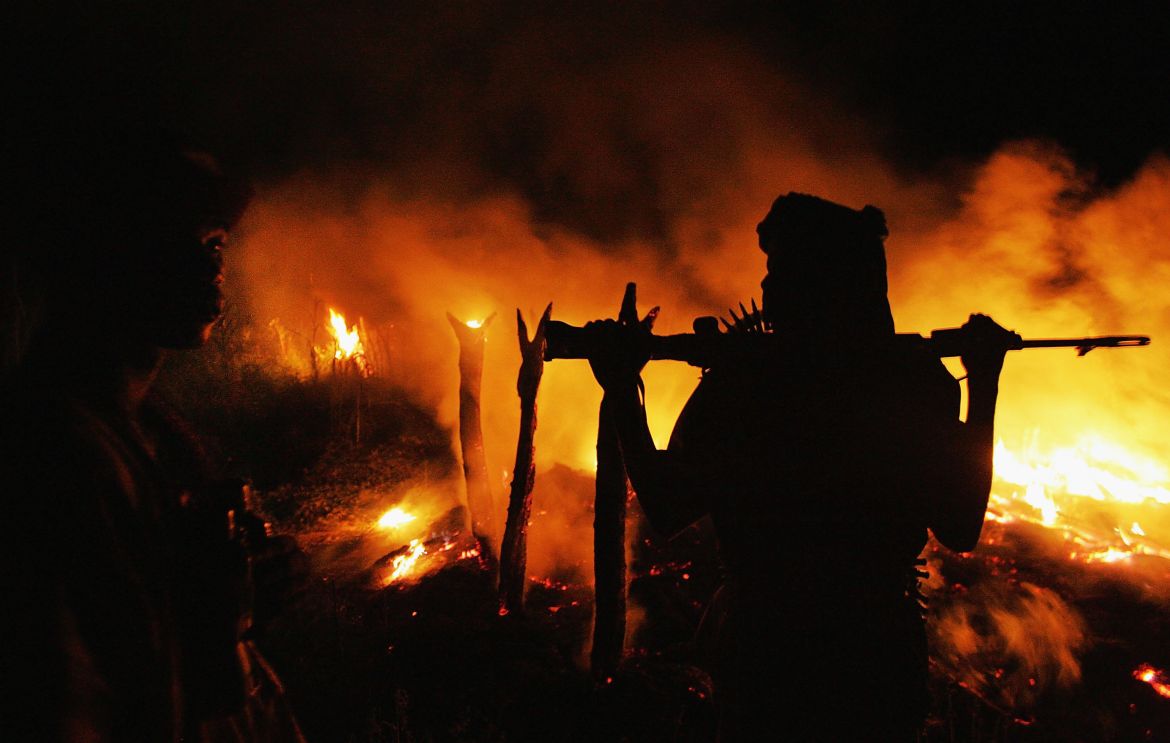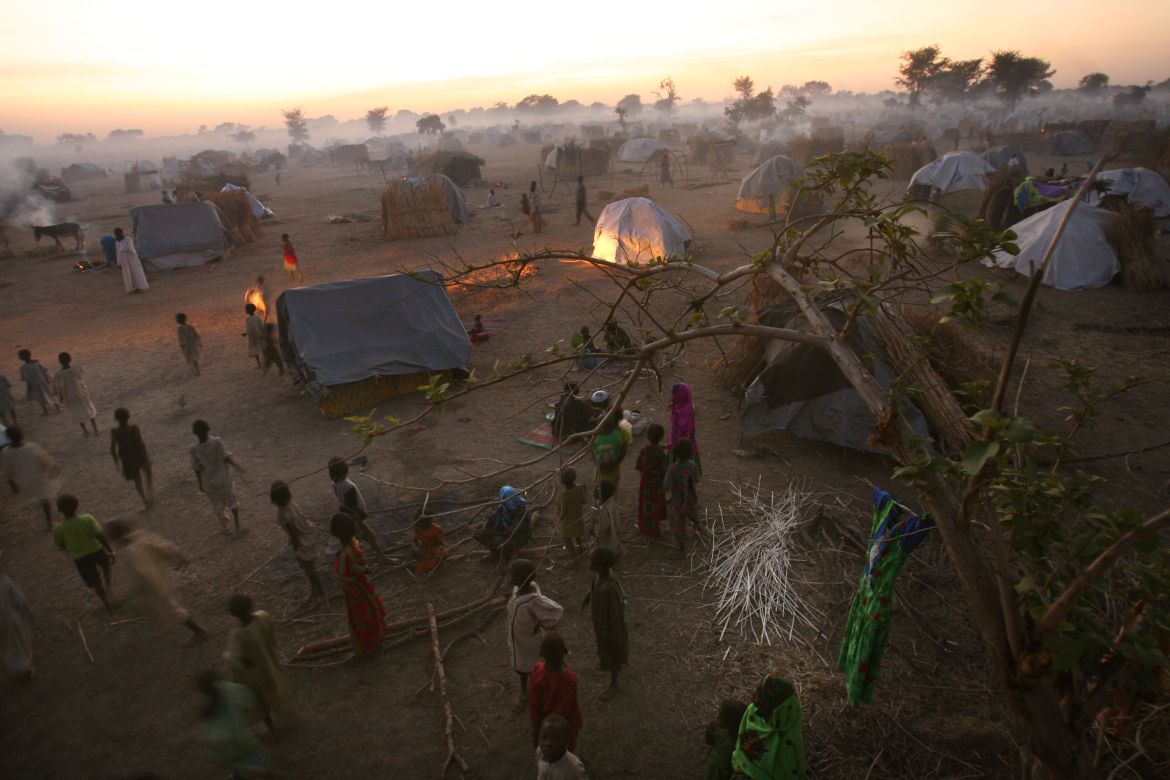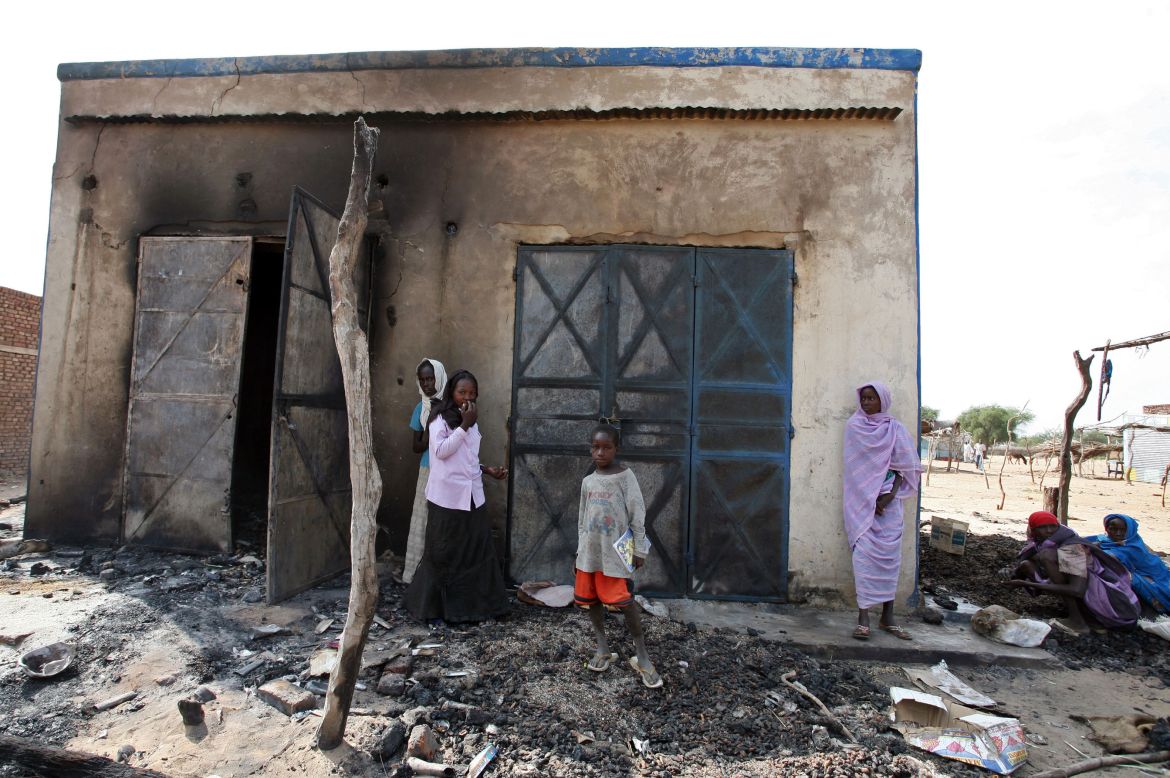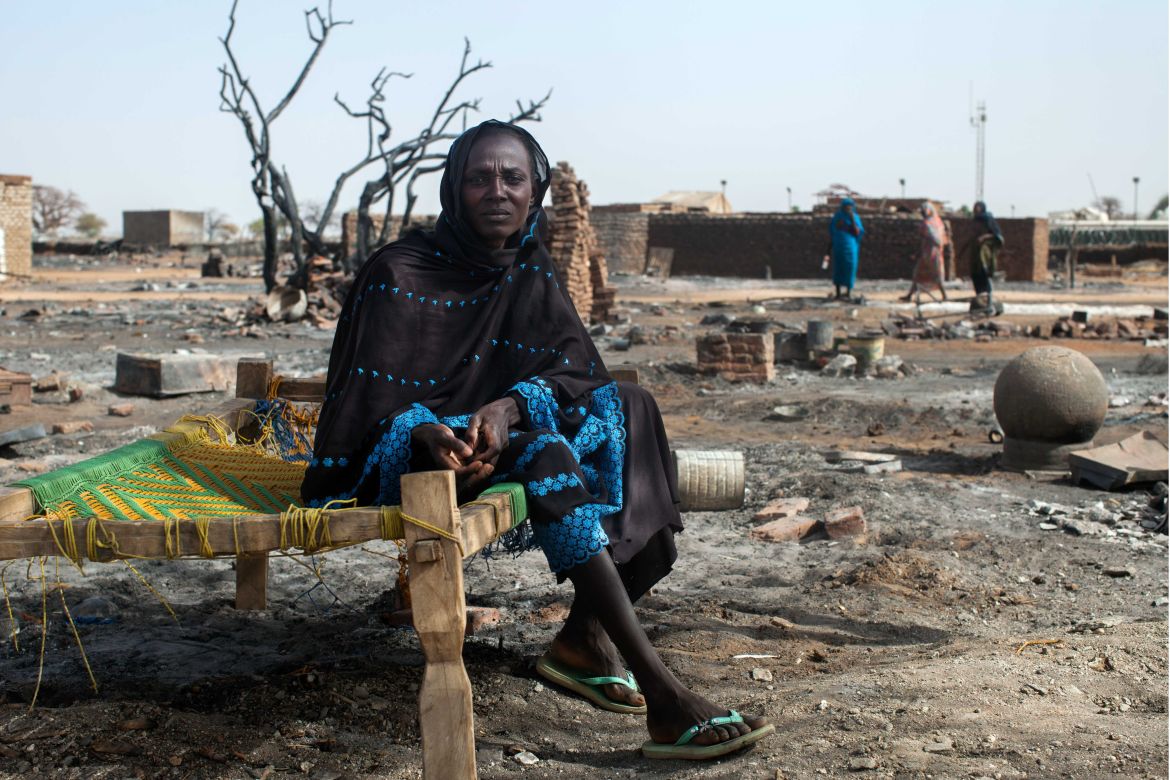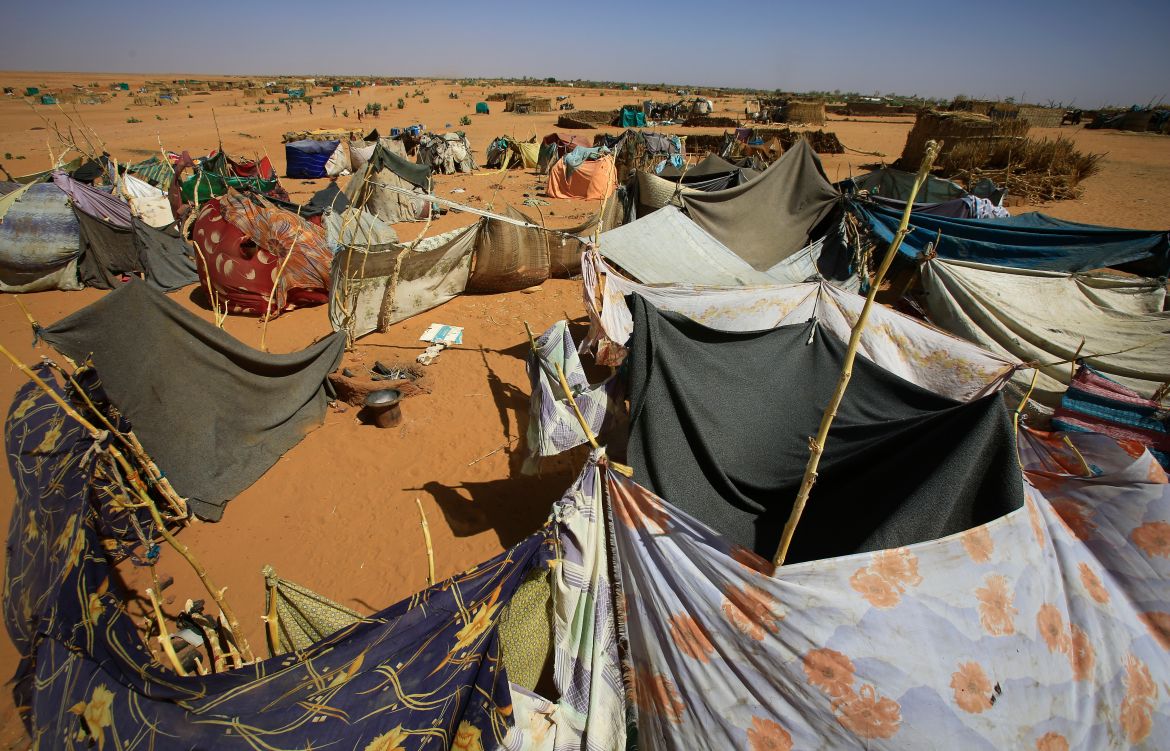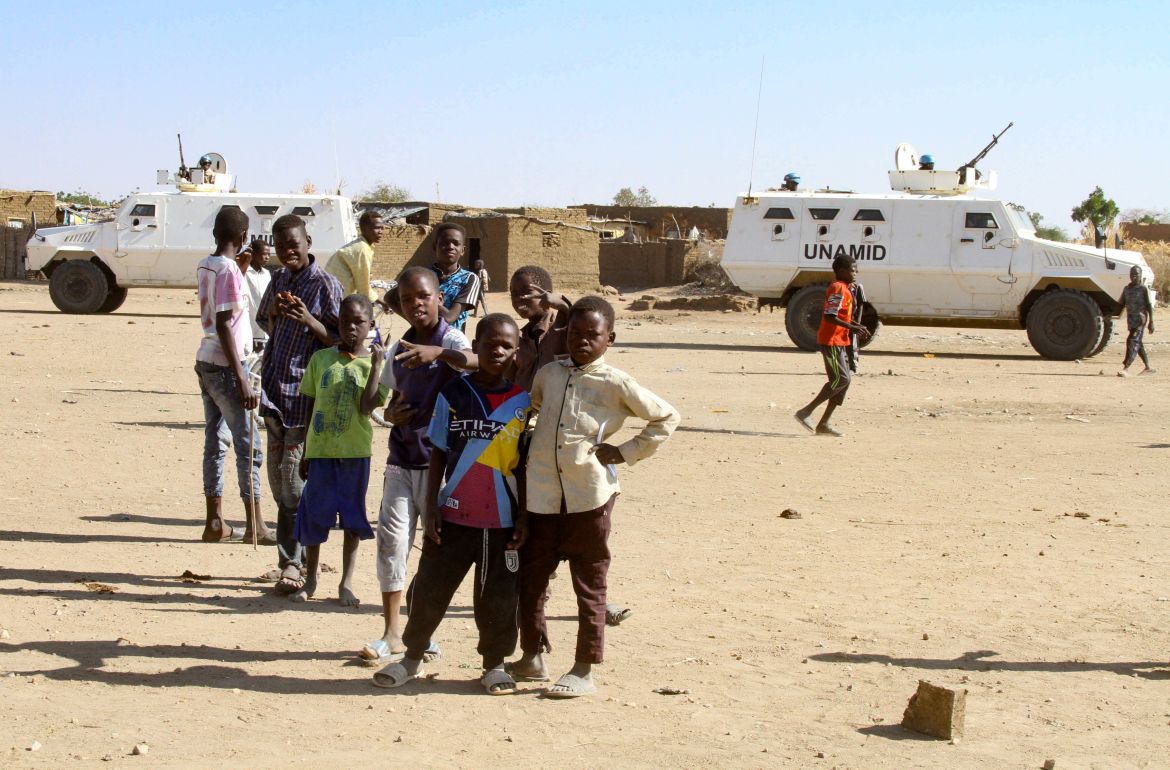In Pictures
The lasting scars and pain of the war in Darfur
The people in the western region of Sudan still have a long, painful road ahead to begin to heal from the conflict.

Twenty years ago, conflict broke out in the western Sudanese state of Darfur as non-Arab tribes rose up against the Arab-dominated government in Khartoum.
After Omar al-Bashir came to power through a military coup backed by the National Islamic Front in 1989, tensions grew as non-Arab tribes accused the government of marginalising and underfunding them.
In 2002, the Darfur Liberation Front (later called the Sudan Liberation Movement) was formed, and on February 26, 2003, it claimed responsibility for an attack on Golo in the Jebel Marra area of Darfur. The group was joined by the Justice and Equality Movement, and a rebellion was launched.
Khartoum’s response was to support and arm local Arab militia known as the Janjaweed to support its forces in fighting the African tribes. The Janjaweed were later absorbed into Sudan’s official forces by al-Bashir.
Hundreds of thousands of people were killed, and more than two million were displaced, both internally and over the border in neighbouring Chad.
While a peace agreement was signed in 2020, the people of Darfur still have a long, painful journey ahead of them to heal from the conflict.
